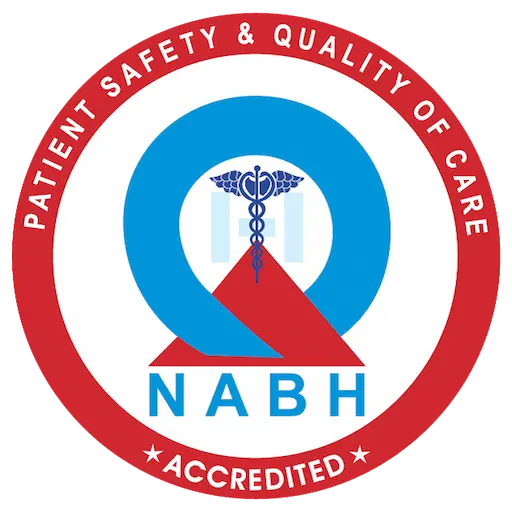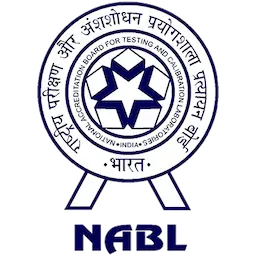Angioplasty
Percutaneous coronary intervention (PCI) refers to a family of minimally invasive procedures used to open clogged coronary arteries (those that deliver blood to the heart). By restoring blood flow, the treatment can improve symptoms of blocked arteries, such as chest pain or shortness of breath. Interventional cardiologists, who are highly skilled and experienced in using the latest techniques and devices, are able to use PCIs to fix the most complex coronary artery blockages, even chronic total occlusions.
In a PCI, the doctor reaches a blocked vessel by making a small incision in the wrist or upper leg and then threading a catheter (a thin, flexible tube) through an artery that leads to the heart. The doctor uses X-ray images of the heart as a guide to locate the blockage or narrowed area, and then uses the most appropriate PCI techniques to open the vessel.
Coronary angioplasty, also called PCI or PTCA, is a minimally invasive procedure that helps treat coronary heart disease (blocked coronary arteries) by improving the blood supply to the heart muscle through widening and opening of the narrowed coronary arteries. It is used to stop heart attacks in progress, treat chest pain (angina), and restore blood flow through the coronary arteries. The procedure of coronary angioplasty is performed in the cardiac catheterization laboratory (or cath lab) by a specialized interventional cardiologist. Angiogram is performed prior to an angioplasty. From the digital pictures thus obtained of the contrast material, one can find out whether the coronary arteries are narrowed. The two types of angioplasty techniques are balloon angioplasty and stenting. The radial angiogram procedures are now leading to day care procedures with same day discharge.
Intracoronary Imaging IVUS, OCT
Intracoronary imaging techniques such as intravascular ultrasound (IVUS) and optical coherence tomography (OCT) are commonly used in conjunction with angiography for the management of coronary artery disease. Both IVUS and OCT provide superior quantification of vessel dimensions and are therefore essential in guiding percutaneous coronary intervention (PCI) and stent implantation procedures.
The precision of angioplasty has been revolutionized with the use of intravascular imaging. IVUS, which utilizes a miniature probe to study plaque composition, allows visualization of the coronary artery from inside-out. This unique perspective provides real-time, valuable information that is not available with regular angiography. Another innovative intravascular imaging method is Optical Coherence Tomography (OCT), which produces high-resolution intracoronary images using infrared light. These new imaging technologies provide crucial information about the nature of the plaque blocking the vessel, such as whether it is hard or soft and composed of lipids or calcium. Additionally, they offer accurate details about the size of stent required and can assess the post-stenting status of the vessel.
Intracoronary Physiology (FFR)
Fractional Flow Reserve (FFR) is a valuable technology used to determine if a cardiac patient requires a stent or bypass surgery, or can be managed with medication alone. FFR is calculated as the ratio between distal coronary pressure and aortic pressure, which are both measured simultaneously at maximal hyperemia. The pressure difference between these two points indicates the severity of the blockage and helps determine the most appropriate treatment. FFR technology is scientifically based and evidence-backed, offering numerous benefits to the patient, including avoiding unnecessary surgery, saving lives, and reducing costs.
FFR measurement is particularly useful in assessing intermediate blockages, helping to determine whether or not angioplasty or stenting is necessary to increase blood flow to the heart. Studies have shown that if a “functional measurement” like FFR shows that blood flow is not significantly obstructed, the blockage or lesion can be treated safely with medical therapy instead of revascularization through angioplasty or stenting.
Transradial Intervention (Radial Lounge):
Transradial intervention (TRI) is a minimally invasive approach used to perform coronary and peripheral angiograms and interventions. It involves inserting a catheter through the radial artery in the wrist to deliver stents to narrow or occluded blood vessels, such as the coronary arteries. TRI is a patient-friendly approach that results in less pain, less bleeding, and early discharge compared to traditional transfemoral intervention (TFI) procedures, which involve inserting catheters through the upper leg. The development of balloon catheters and stents has enabled access to smaller vessels in the wrist, making TRI the new standard.
Rotablation:
Rotablation is a technique used to break up calcified plaque that is clogging the coronary artery. It involves using a tiny drill with a diamond-tipped burr, powered by compressed air, to grind away the plaque on artery walls. This restores blood flow to the heart. A special catheter with an acorn-shaped, diamond-coated tip is guided to the point of narrowing in the coronary artery. The tip spins at high speed, grinding away the plaque, and the microscopic particles are washed away in the bloodstream. Rotablation is used when the plaque is particularly hard, or when the balloon used in normal angioplasty cannot pass through the narrow passage.
Intra Vascular Lithotripsy:
Intra Vascular Lithotripsy (IVL) is a system that uses emitters enclosed within a balloon to generate sonic pressure waves that selectively disrupt and fracture calcium, improving blood vessel compliance and stent delivery and expansion. The IVL catheter is introduced into the target vessel and positioned across the lesion using marker bands as guides to ensure the circumferential therapeutic field effect created by the emitters is adjacent to the calcium. The catheter is connected via a connector cable to the generator, which is preprogrammed to deliver 10 pulses in sequence at a frequency of 1 pulse/s for a maximum of 80 pulses per catheter.



